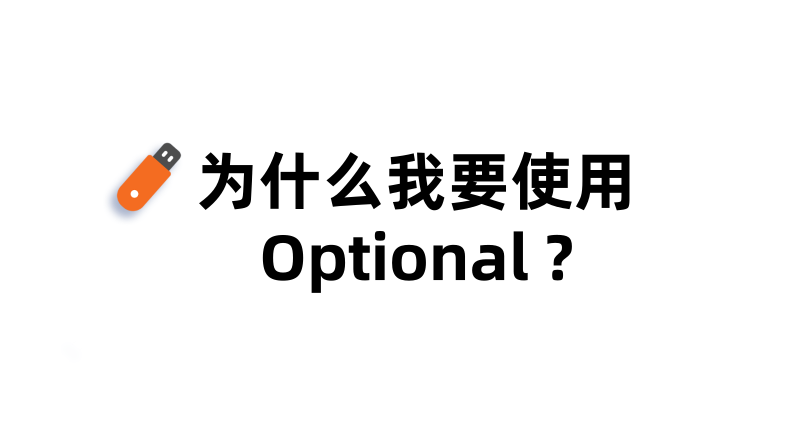
java8之4大函数式接口详解
前面博客说了要聊聊Java8 新特性来着,当然这个新是相对于7而言的哈,你要知道Java 都14了;本来想先写篇关于optional 的博客,翻开optional 类,发现都是函数式接口,所以咱们还是按顺序来,先来看看函数式接口Function;
function函数型接口 定义
我们先来看下以下代码:
1 | package com.springstudy.testDemo; |
以上代码,定义了一个流输出languages 每个元素的长度。为什么是这样的呢?我们带着问题一起来看下Function接口的源码

1 | * <T> the type of the input to the function |
可以看到T是这个方法的输入类型,R是这个方法的输出类型,那我们同样可以这样让他返回一个判断的boolean 值;
1 | Function<String, Boolean> function1 = String::isEmpty; |
好,接下来我们结合源码一个个验证它内部方法的作用:
- 1.R apply(T t)
接受一个T类型参数,执行对应返回类型为R的函数1
2
3
4
5Function<Integer,Integer> num2 = i-> i*2;
Function<Integer,Integer> power = i -> i*i;
System.out.println(num2.apply(3)); // 输出6
System.out.println(power.apply(3)); // 输出9 - compose
1
2
3
4
5
6
7
8
9
10
11
12
13
14
15System.out.println(num2.compose(power).apply(3)); // 输出18
System.out.println(power.compose(num2).apply(3)); // 输出36
// 源码如下:
// default <V> Function<V, R> compose(Function<? super V, ? extends T> before) {
// Objects.requireNonNull(before);
// return (V v) -> apply(before.apply(v));
// }
// 从源码我们可以看到compose 传人一个不能null 的函数,紧接着执行了apply()方法 apply中先执行了传人的函数;
// 那么我们拆解下num2.compose(power).apply(3)输出18的函数执行顺序:
// power.apply(3)得 9 然后num2.apply(9)得18
// 拆解下power.compose(num2).apply(3)输出36的函数执行顺序:
// num2.apply(3)得 6 然后power.apply(6)得36
- compose
- 3.andThen
1
2
3
4
5
6
7
8
9
10
11
12
13
14
15System.out.println(num2.andThen(power).apply(3)); // 输出36
System.out.println(power.andThen(num2).apply(3)); // 输出18
// 源码如下
// default <V> Function<T, V> andThen(Function<? super R, ? extends V> after) {
// Objects.requireNonNull(after);
// return (T t) -> after.apply(apply(t));
// }
// 哈哈,聪明如你看输出结果都应该猜出来 compose 和 andThen 函数执行顺序正好反过来了
// 继续拆解:
// num2.andThen(power).apply(3) 执行顺序:num2.apply(3)得6 然后power.apply(6)得36
// power.andThen(num2).apply(3) 执行顺序:power.apply(3)得9 然后num2.apply(3)得18
//其实源码里很多代码取名还有参数都很规范,基本上你看名字就知道代表的逻辑含义了
//所以别再低头码砖,有时间撸一下源码逻辑,面向源码学习吧... - 4.identity可见identity 方法返回一个同等的Function 函数,其实function函数式接口有点类似C++中指针的概念,变量可以指向一个函数方法,并且可以通过compose 和 andThen 可将函数联合起来使用,而identity这个static 方法可以获取到当前指向的方法!
1
2
3
4
5
6
7
8
9
10
11
12
13Stream<String> stream = languages.stream();
Map<String, Integer> map = stream.collect(Collectors.toMap(str -> str, String::length));
System.out.println(map); // 输出 {=0, c++=3, java=4}
// 将str -> 表达式改写为Function.identity()
Stream<String> stream1 = languages.stream();
Map<String, Integer> map1 = stream1.collect(Collectors.toMap(Function.identity(), String::length));
System.out.println(map1);
可以看到str -> str 等效于Function.identity()
//static <T> Function<T, T> identity() {
// return t -> t;
// }
Predicate
Predicate 断言函数式接口,所谓断言就是断定预言一个判定结果的意思
首先我们来看如下代码:
1 | package testDemo; |
以上代码我们可以看到定义一个predicate1 断言函数,用于比较输入字符串是否和"echo"相等
可以看到返回false,是不是达到了和我们写if判断一样的效果;
同样我们带着好奇一起来看下其内部其他方法的定义及作用:
- 1.and
1 | System.out.println(predicate1.and(predicate2).test("Echo")); |
- 2.negate
1 | System.out.println(predicate1.negate().test("Echo")); |
- 3.or
1 | // 聪明如你,肯定已经知道这个方法是 或 的关系了 |
- 4.isEqual
1 | Predicate<Object> im_echo = Predicate.isEqual("im_echo"); |
Supplier & Consumer
四大函数式接口已经总结了两个了,还有剩余的供给型接口Supplier
我习惯称其为生产者和消费者接口类,感觉这样更好理解点;顾名思义,生产只管定义加工产出,消费只管使用!
废话不多说,我们继续还是来看以下代码:
1 | package testDemo; |
从以上代码我们基本知道了Consumer 和 Supplier函数接口的用法,那你说他们是对应的,何以体现呢?
我们继续来看下面的代码:
1 | Map<String,Object> userMap = new HashMap<>(16); |
小结:
其实源码很简单,只要你去看基本都能看懂;对于复杂的源码,其实我们只需要梳理对应的逻辑就好,无需面面俱到!
为什么要看函数式接口的源码呢?是因为 java8 之后的版本源码里面基本都是lambda表达式+stream流,而这两个里面就是函数式接口的具体应用!而用的最多的就是4大函数式接口,所以理解它对于我们后面阅读源码很有必要!
- Title: java8之4大函数式接口详解
- Author: viEcho
- Created at : 2021-04-23 19:55:09
- Updated at : 2024-01-18 14:48:31
- Link: https://viecho.github.io/2021/0423/java8-4-function-interface.html
- License: This work is licensed under CC BY-NC-SA 4.0.


